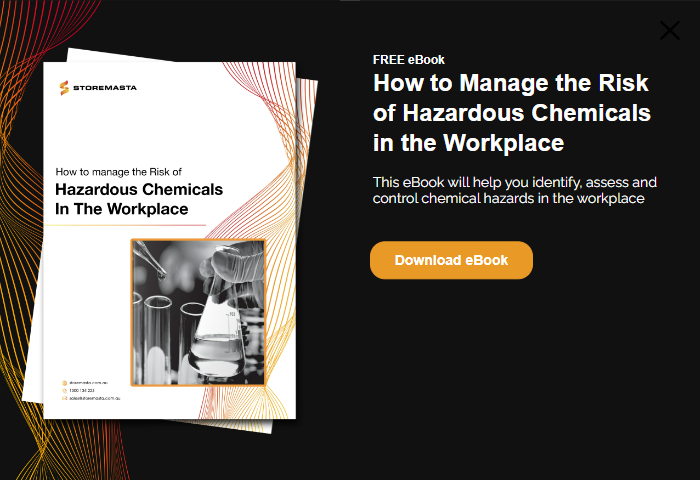How to Tell What Is in an Unlabeled Can
Business owners and operators accept a legal obligation to ensure that their chancy chemicals held at the workplace are labeled correctly, and in accordance with the model WHS Regulations. This web log explains what to do if you run across a chemical container that has: REMEMBER: In Commonwealth of australia, chemical labels must follow the GHS (Globally Harmonised Organization of Classification and Labelling of Chemicals) and conspicuously display: a production identifier; run a risk grade pictogram and chance argument, signal word, relevant precautionary statements, kickoff assist and emergency information. All chemic containers must display correct labels, this includes chemicals decanted or transferred out of their original container; chemicals manufactured in the workplace (including lab enquiry and samples); and chemic waste. We'll look at these separately below. Many fuels and cleaning chemicals are purchased in bulk and decanted into portable containers for workers to accept back to individual work stations. These smaller containers as well require labels, and must display (as a minimum) the run a risk form pictogram and run a risk statement. The only circumstances where decanted chemicals do Non require labels is when the chemical: NOTE: When a portable container is regularly used for decanting it must be permanently labeled with the full chemical label. In one case permanently labeled, the container must never filled with another substance. You'll demand to create labels for any chemicals manufactured in the lab for research and assay purposes. These labels must exist in English language and have a production identifier and risk pictogram/statement. In some situations the product identifier may include recognisable acronyms and the chemical formula/structure. Of import: A chemical that you lot supply commercially to some other workplace is not considered a research chemical or sample. If you suspect any of your waste product materials could exist a hazardous chemical, it must exist labeled properly. Yous should include as much data about the hazard every bit y'all can, and this could be: precautionary statements, chemical ingredients and hazard classes; first assistance and safety directions. If yous are unable to identify the hazards (and y'all accept actually made a reasonable endeavour to do then) yous should clearly write this on the label. Of import: If you are unable to place the hazards of the chemic waste product you are producing, you lot may need to treat the waste as an unknown substance and seek professional advice from your waste management dominance. An unknown substances could be a container with a label that has fallen off or faded so much y'all can't read it. Alternately information technology could be a liquid in a plastic cup with a strange odor. Information technology could be a past-production from a chemical reaction gone incorrect. If you practice encounter an unknown substance in the workplace you'll need to take steps to either identify and correctly characterization the substance, or dispose of information technology safely. Accept the following steps: Recall: If y'all don't know what a substance definitely is, information technology's unlikely you'll be able to dispose of it safely. You should ensure that all commercially purchased chemicals are received with proper labels, and train your staff non to take deliveries of chemicals if the labels are obscured or damaged in any way. When purchasing from different suppliers or introducing new chemicals to the workplace (particularly chemicals imported from overseas) you'll demand to be peculiarly conscientious. Ask yourself as you audit the label on an imported chemical: Over time (and with heavy use) chemical labels can become damaged or obscured. Train your staff (or conduct regular condom audits) to flag these containers for corrective action and re-labeling. If you don't have approved job procedures for label press you should contact the supplier to assist you lot with a replacement label. If yous discover that any container of a hazardous chemic with an incorrect label, attach a production identifier and store information technology in isolation until it can be correctly labeled. Retrieve: A label for a chancy workplace chemical is only acceptable if information technology has been prepared in accord with the model WHS Regulations. One time you take all the correct labels on your chancy chemicals and subsidiary containers, yous'll need to ensure your workplace has procedures in identify to regularly audit and review HAZCHEM stores and treatment areas. To learn more than almost how to incorporate regular site inspections and audits into your chemic risk management program, please download our free eBook How to manage the risk of Hazardous Chemicals in the workplace .
Unlabeled chemical containers
Decanted chemicals
Research chemicals and assay samples
Hazardous waste
Unknown substances in the workplace
Incorrect or damaged labels on hazardous chemicals
Next Steps

Source: https://blog.storemasta.com.au/responding-incorrect-unlabeled-chemicals
0 Response to "How to Tell What Is in an Unlabeled Can"
Post a Comment